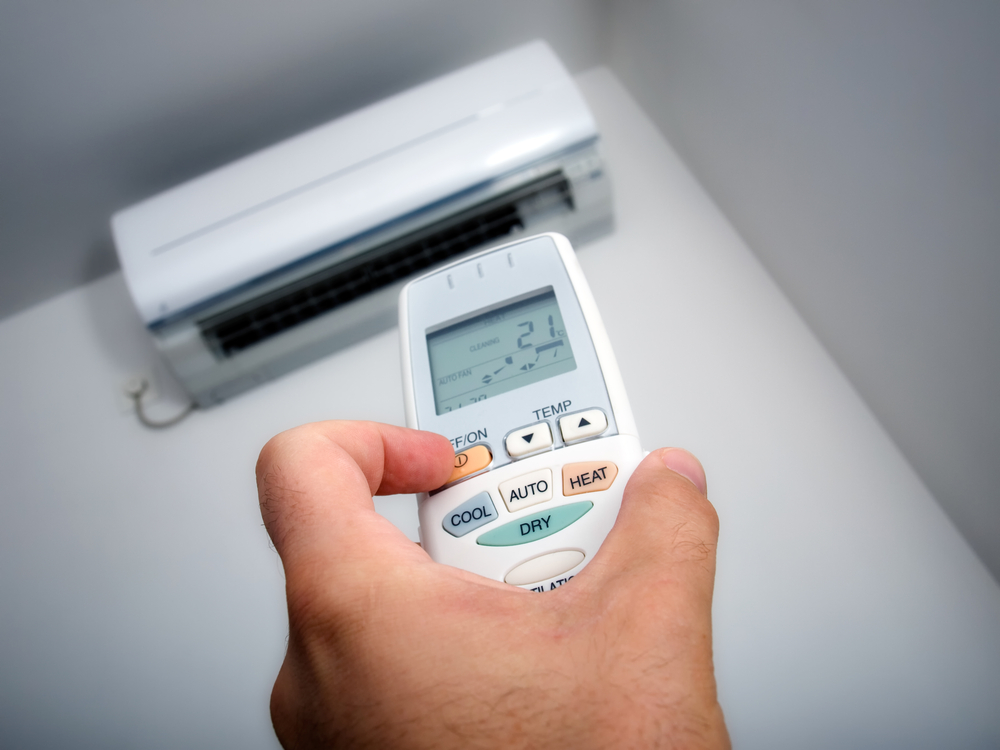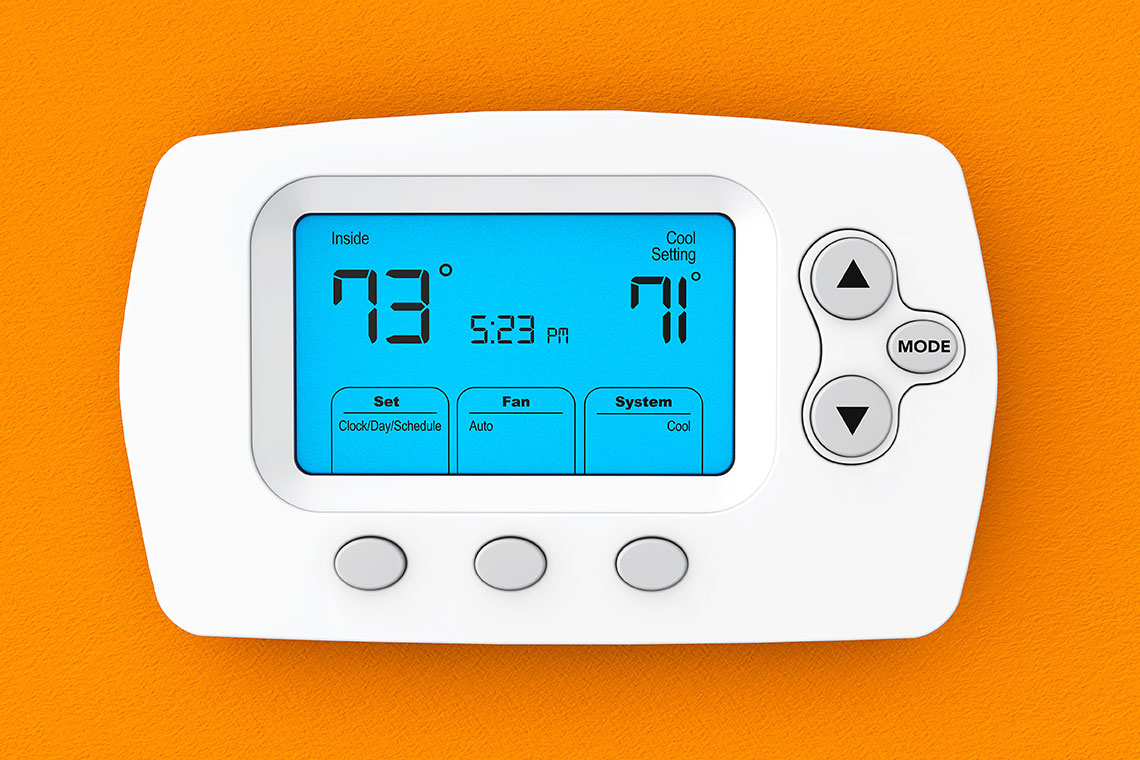Ideal Temperature To Set Air Conditioner

Frequently Asked Questions About Air Conditioner Temperature Settings
Setting your air conditioner's temperature involves balancing comfort, energy savings, and the well-being of your home and family. This FAQ aims to answer common questions about finding the ideal AC temperature.
Q: What is generally considered the best temperature to set my AC for energy savings?
For optimal energy savings, the U.S. Department of Energy recommends setting your thermostat to 78°F (26°C) when you're home. This temperature offers a good balance between comfort and minimizing energy consumption. When you're away, or asleep, you can raise the temperature even higher to save more energy. Every degree you raise the thermostat can save you between 1% and 3% on your cooling bill.
- Ideal for Savings: 78°F (26°C) when home.
- Even More Savings: Higher temperatures when away or asleep.
Q: Is 78°F really comfortable? It feels too warm sometimes.
Comfort is subjective, and 78°F might feel warm to some people, especially during peak heat. Here are some factors to consider:
- Humidity: High humidity can make 78°F feel much warmer. A dehumidifier can help. Consider using a smart thermostat to monitor and control humidity.
- Air Circulation: Ensure proper air circulation with fans. Ceiling fans and strategically placed floor fans can help distribute cooled air.
- Clothing: Adjust your clothing. Lighter, breathable fabrics can make a significant difference.
- Individual Preferences: Some people naturally feel warmer or cooler than others. Adjust the thermostat slightly based on your personal preference, but be mindful of energy consumption. A programmable thermostat allows you to set different temperatures for different times of the day.
If 78°F is consistently uncomfortable, experiment with slightly lower temperatures, like 75°F or 76°F, and see if you can find a balance between comfort and savings. Consider using a programmable thermostat to adjust temperature settings automatically throughout the day.
Q: Should I turn off my AC completely when I leave the house, or is it better to leave it on at a higher temperature?
It's generally better to leave your AC on at a higher temperature when you're away, rather than turning it off completely, especially during hot weather.
Here's why:
- Preventing Overheating: Turning off the AC completely allows your home to heat up significantly. When you return and turn the AC back on, it has to work extremely hard to cool the house down, which consumes more energy than maintaining a higher temperature.
- Protecting Your Home: Extreme heat can damage furniture, electronics, and other belongings. Maintaining a moderate temperature helps prevent this.
- Mold Growth: High humidity and temperatures can create a breeding ground for mold. Leaving the AC on helps control humidity levels.
The ideal temperature for when you're away is around 85°F (29°C). This allows for substantial energy savings while still protecting your home.
Q: Does setting the AC to a lower temperature cool my house faster?
No, setting the AC to a lower temperature doesn't cool your house faster. Your AC unit cools at a constant rate. Setting the thermostat to a lower temperature simply tells the AC to run for a longer period to reach that lower temperature. You won't cool the house down quicker, and you'll likely waste energy.
The AC works at its maximum capacity regardless of the set temperature. The only thing changing the set point does is tell it how *long* to operate. A better strategy to speed up cooling is to ensure all windows and doors are closed tightly to prevent drafts, and ensure the AC's air filter is clean.
Q: What temperature is ideal for sleeping comfortably?
A slightly cooler temperature is generally recommended for sleeping. Most experts suggest a temperature between 60 and 67 degrees Fahrenheit (15.5 to 19.5 degrees Celsius) for optimal sleep.
Here's why:
- Body Temperature Regulation: Your body temperature naturally drops as you fall asleep. A cooler room temperature helps facilitate this process.
- Better Sleep Quality: A cooler environment can promote deeper and more restful sleep.
However, personal preferences vary. Experiment to find the temperature that works best for you. Consider using a programmable thermostat to automatically lower the temperature at night.
Also consider using fans, because they are efficient at promoting air circulation and a cooling effect when directed on your skin.
Q: Are there any health considerations related to AC temperature settings?
Yes, there are several health considerations to keep in mind:
- Sudden Temperature Changes: Avoid drastic temperature changes between indoor and outdoor environments. This can weaken your immune system and make you more susceptible to illness. A difference of 15-20 degrees Fahrenheit is generally considered safe.
- Dry Air: Air conditioners can dry out the air, which can irritate your skin, eyes, and respiratory system. Use a humidifier to maintain a comfortable humidity level.
- Air Quality: Ensure your AC unit has a clean air filter. Dirty filters can circulate dust, allergens, and other pollutants, which can trigger allergies and asthma. Replace filters regularly (every 1-3 months).
- Muscle Stiffness: prolonged exposure to very cold AC environments can cause muscle stiffness or cramps in some individuals.
- Legionnaires' Disease: though rare, stagnant water in AC systems can promote the growth of Legionella bacteria, which causes Legionnaires' disease. Regular maintenance and cleaning of the AC system can help prevent this.
It's crucial to maintain a clean and well-maintained AC system to ensure healthy indoor air quality.
Q: How can I optimize my AC settings for both comfort and energy efficiency?
Optimizing your AC settings requires a multi-pronged approach. Consider these tips:
- Programmable Thermostat: Invest in a programmable or smart thermostat to automatically adjust the temperature based on your schedule.
- Ceiling Fans: Use ceiling fans to circulate air and make the room feel cooler, allowing you to set the thermostat a few degrees higher.
- Window Treatments: Close curtains or blinds during the hottest part of the day to block sunlight and reduce heat gain.
- Seal Air Leaks: Caulk and weatherstrip around windows and doors to prevent air leaks and improve energy efficiency.
- Regular Maintenance: Schedule regular AC maintenance to ensure it's running efficiently. Clean or replace air filters regularly.
- Smart Usage: Avoid using heat-generating appliances (like ovens and dryers) during the hottest part of the day.
- Consider Zone Cooling: If you have a multi-zone system, only cool the rooms you're using.
- Insulation: Proper insulation in your attic and walls can significantly reduce heat gain and improve energy efficiency.
- Professional Assessment: Have a professional HVAC technician assess your home's insulation and ductwork to identify areas for improvement.
By implementing these strategies, you can achieve a comfortable indoor environment while minimizing your energy consumption and saving money.










